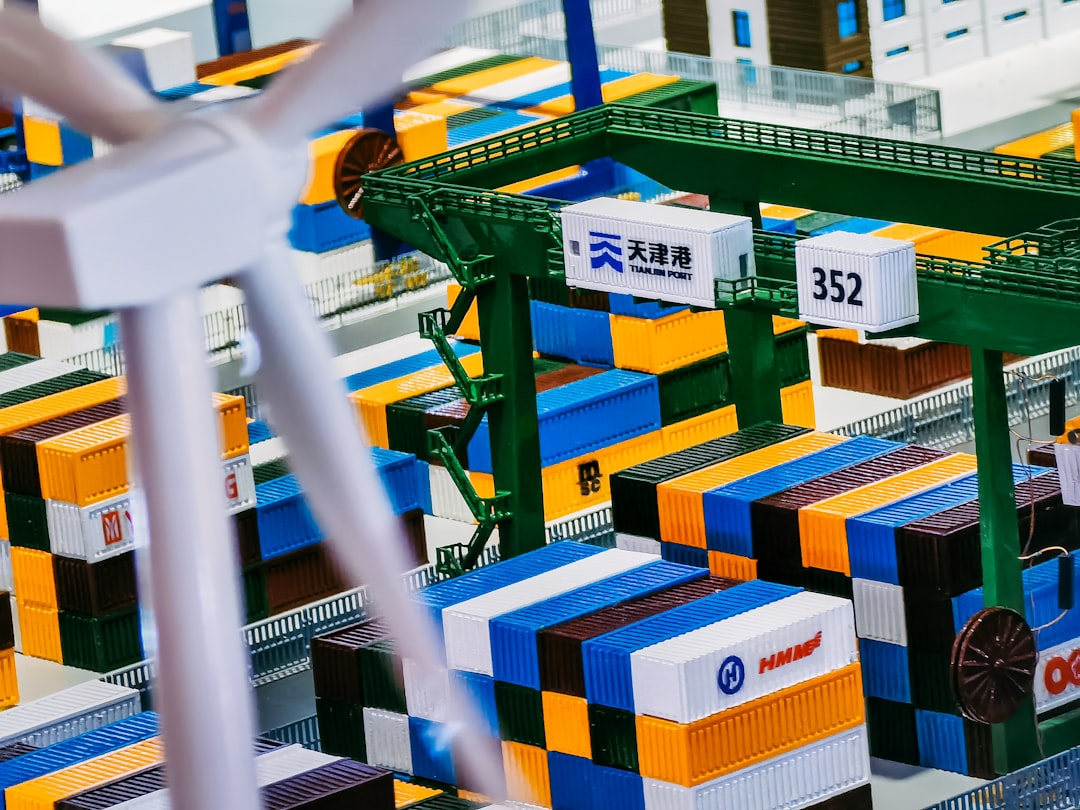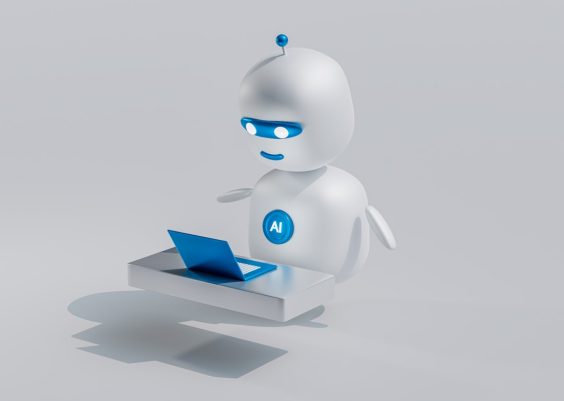The rise of emerging technologies has fundamentally shifted the business landscape, from how data is stored to how decisions are made. Two of the most transformative trends currently shaping the digital future are Web3 and Artificial Intelligence (AI). When these powerful technologies converge, the impact is profound. But what does this synergy mean for today’s businesses?
To answer that, we need to understand how Web3 and AI work individually—and more importantly—how they can work together to provide unprecedented value across industries.
Understanding Web3: Decentralization at the Core
Web3 represents the third generation of internet services, built on decentralized technologies like blockchain. Unlike Web2 (the social, interactive web we use today), Web3 reimagines digital interaction in a world without centralized control. It is an ecosystem powered by smart contracts, decentralized finance (DeFi), non-fungible tokens (NFTs), and distributed autonomous organizations (DAOs).
The key benefits Web3 offers include:
- Transparency: Blockchain-based systems make transactions and operations verifiable and open.
- Ownership: Individuals have full control over their digital assets and data.
- Security: Decentralized networks are more resilient against centralized points of failure and cyberattacks.
From real estate to digital identity management, entire industries are exploring the shift towards Web3.
AI: The Fuel for Intelligent Automation
AI, on the other hand, refers to machines or systems that mimic human intelligence to perform tasks and improve themselves based on information they collect. It’s already widely adopted in industries like finance, healthcare, and retail, offering capabilities such as predictive analytics, image recognition, natural language processing (NLP), and robotic process automation.
Key applications of AI in business include:
- Customer Service Automation: Chatbots and voice assistants reduce operational costs.
- Supply Chain Optimization: Predictive models identify bottlenecks and reduce downtime.
- Data Insights: Machine learning algorithms provide deeper, faster business insights.
Yet, AI systems require vast amounts of data and computational power—challenges that Web3 can help address.
How Web3 and AI Complement Each Other
At first glance, Web3 and AI may seem like divergent technologies: one focused on decentralization and the other reliant on centralized data. However, combining them creates powerful synergies:
- Decentralized Data for AI Models: Instead of siloed data lakes owned by tech giants, Web3 facilitates data sharing through distributed networks. This model empowers businesses to tap into collective intelligence while preserving data privacy.
- Token Incentives for Data Sharing: Businesses can use NFTs or cryptocurrencies to reward users for contributing data that powers AI models, helping improve training datasets ethically and transparently.
- Smart Contracts for Governance: AI-based decisions can be monitored and executed through smart contracts, ensuring ethical compliance and reducing human bias in business operations.
This fusion is not theoretical; it is already happening.
Real-World Use Cases Where Web3 Meets AI
Let’s explore how some industries are leveraging this powerful convergence:
1. Healthcare
In the healthcare sector, patient data is sensitive and traditionally held by centralized institutions. AI can provide diagnostic support or treatment suggestions, but it requires access to vast, diverse datasets. With Web3:
- Patients retain ownership of their health data via blockchain wallets.
- They can grant or revoke access at any time, improving data governance.
- AI systems can analyze anonymized data across distributed networks to improve disease prediction models.

2. Finance
Fintech is ripe for disruption with AI and Web3. AI models power fraud detection, robo-advisors, and automated trading. When combined with Web3:
- Decentralized finance (DeFi) protocols can operate with AI-driven risk assessments.
- Smart contracts can enforce loan conditions and automate payments.
- Users can gain insights from decentralized data pools, improving transparency and trust.
3. Marketing & Advertising
Modern digital marketing relies heavily on personal data, often leading to privacy concerns. Web3 allows consumers to maintain control over their data. When AI is added to the mix:
- Consumers can choose to share data via tokenized consent platforms.
- AI systems use this voluntary data to generate personalized content without breaching privacy laws.
- Advertisers gain access to higher-quality, opt-in leads.
4. Supply Chain
Combining AI and Web3 also enhances supply chain visibility. AI forecasts demand, identifies disruptions, and optimizes routes. Meanwhile, blockchain ensures tamper-proof records throughout the product journey.
The result is a transparent, data-driven supply chain that adapts in real-time while maintaining trust among all participants.

Opportunities for Businesses
For enterprises ready to innovate, this convergence opens up a suite of possibilities:
- Decentralized AI Marketplaces: Businesses can create platforms where AI models and data sets are bought and sold using smart contracts, enabling pay-per-use AI services.
- Improved Trust in Automation: By exposing algorithms through blockchain auditing tools, AI models become more explainable and trustworthy.
- Incentivized Collaboration: Teams and customers can be rewarded with tokens for participating in AI training, contributing data, or even flagging biased behavior.
These models also encourage collaborative competition, where innovation isn’t hoarded in silos but accessible to all stakeholders.
Challenges to Consider
Of course, this convergence isn’t without its hurdles. Businesses must be aware of:
- Scalability: Cryptographic consensus mechanisms in blockchains can be slow and computationally expensive when paired with AI’s processing demands.
- Data Quality and Interoperability: Decentralized data must be standardized to be useful for training AI models.
- Ethical and Legal Compliance: New models for consent and data sharing need to comply with GDPR and future regulations.
Nevertheless, these are surmountable challenges—especially as innovations in protocols, zero-knowledge proofs, and federated learning advance rapidly.
The Road Ahead
As more businesses explore the fusion of Web3 and AI, we can expect future-ready applications that are not just efficient, but also more ethical and inclusive. The rise of AI-powered DAOs, for example, could automate and democratize organizational decision-making. Similarly, blockchain-anchored machine learning models could help verify AI outcomes in real time, creating a self-auditing performance loop.
Innovative startups are already building toolkits at this intersection—from decentralized data unions that fuel AI with user-permitted insights to AI governance platforms that offer tamper-proof transparency. Enterprises that invest early in understanding and adopting these tools will likely obtain a significant competitive edge.
Conclusion
The convergence of Web3 and AI represents a paradigm shift that challenges core assumptions about data ownership, automation, and trust. For businesses, this dual frontier opens the door to more secure, ethical, and intelligent systems. By embracing decentralization and equipping AI with trusted, user-controlled data, we’re not just building smarter businesses—we’re building a more equitable digital economy.
As this ecosystem matures, one thing is certain: those who adapt quickly and intelligently to these technologies will lead the next wave of digital transformation.




